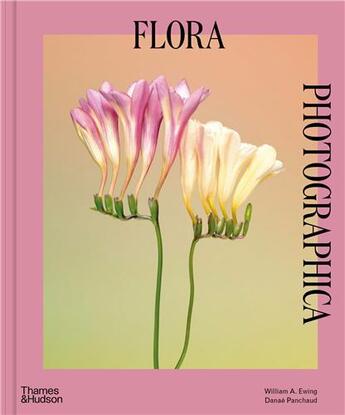Résumé:
Vivid, bold, spectacular and unexpected: a definitive overview of one of contemporary photography's most innovative fields, showcasing flower imagery by more than 120 of the world's leading practitioners.
There has never been a period in photography's long history - no school, no movement -... Voir plus
Vivid, bold, spectacular and unexpected: a definitive overview of one of contemporary photography's most innovative fields, showcasing flower imagery by more than 120 of the world's leading practitioners.
There has never been a period in photography's long history - no school, no movement - when flowers have not been a central focus, whether in the form of the classic still life, the botanical study, incorporated into portraiture and studies of the human body, documented in street photography, or used subversively in surrealist collage and montage.
Today, flower photography remains in full bloom, with photographers the world over depicting flowers and floral motifs in novel ways. Featuring works by more than 120 photographers, Flora Photographica links the very best of flower photography from the past thirty years with its predecessors - canonical floral studies from the realms of photography, botanical illustration, drawing and painting that have marked the collective imagination for centuries, if not millennia.
Works by contemporary photographers such as Cindy Sherman, Thomas Ruff, Vik Muniz, Valerie Belin, Viviane Sassen, and Martin Schoeller appear across nine thematic chapters, complemented by two in-depth essays by curators William A. Ewing and Danae Panchaud exploring the relationship between contemporary works and the rich traditions of floral art and photography.
Vibrant and abundant with myriad species of flora, this stunning book is both a celebration of organic beauty and a keen look at the meaning of flowers in human culture - not to mention an insightful look at a key aspect of contemporary photography - making it a must-have publication for lovers of flowers and photography alike.
Donner votre avis









